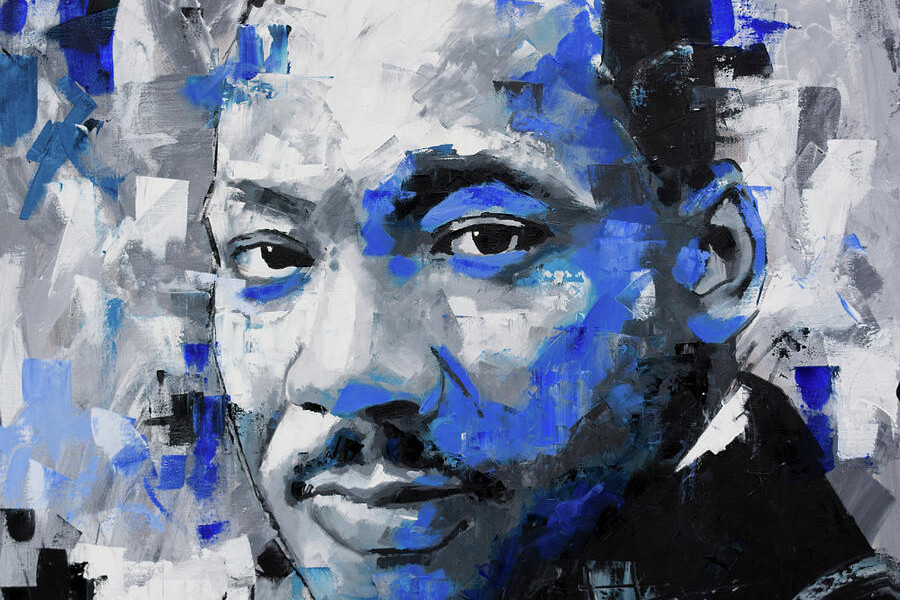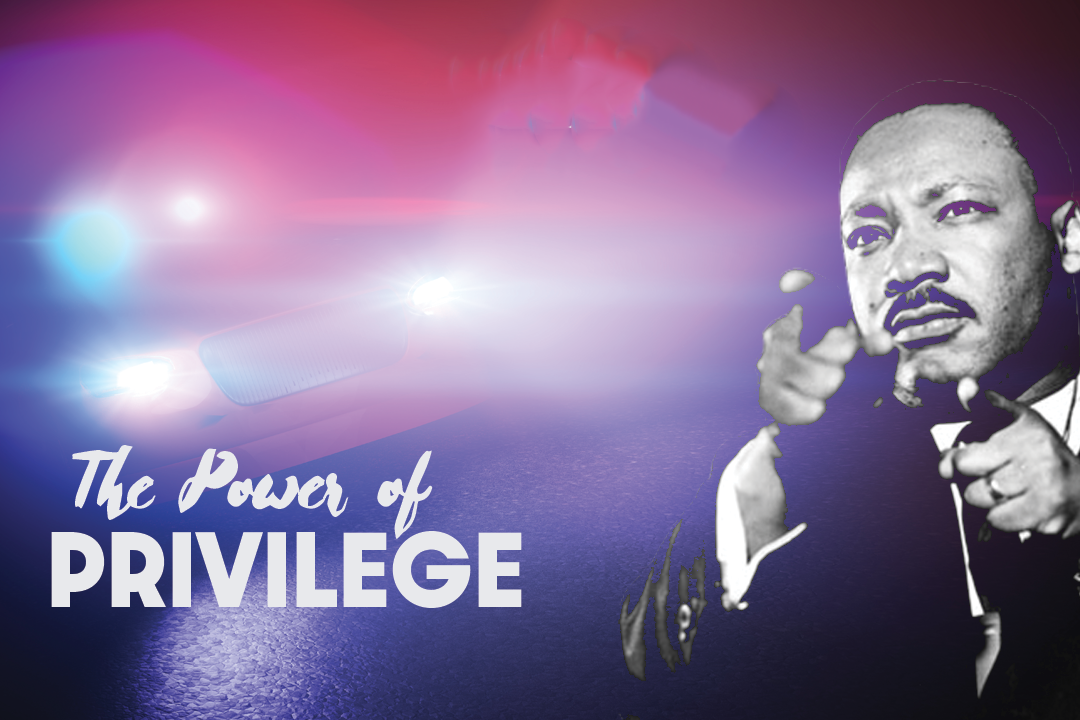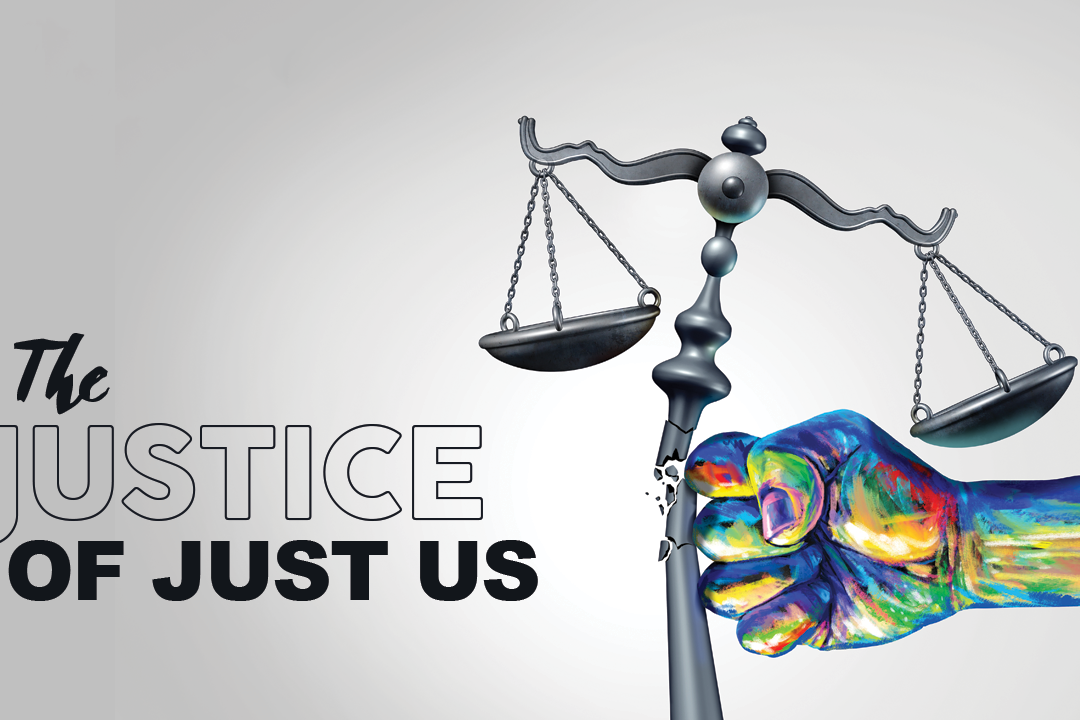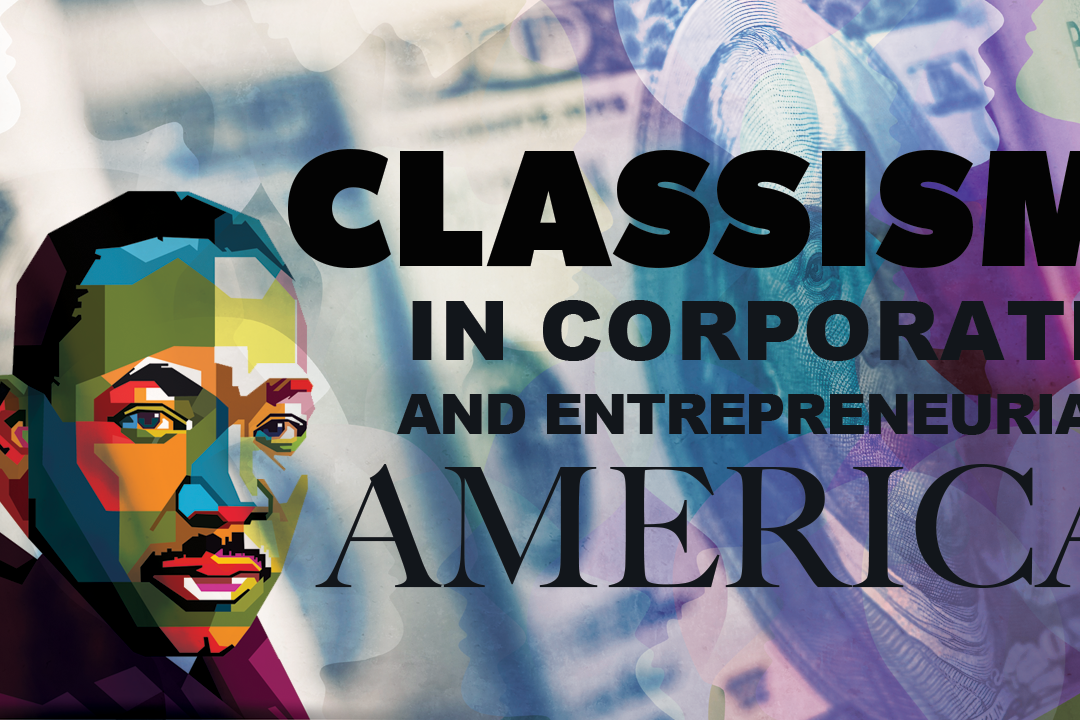MLK Installment #4
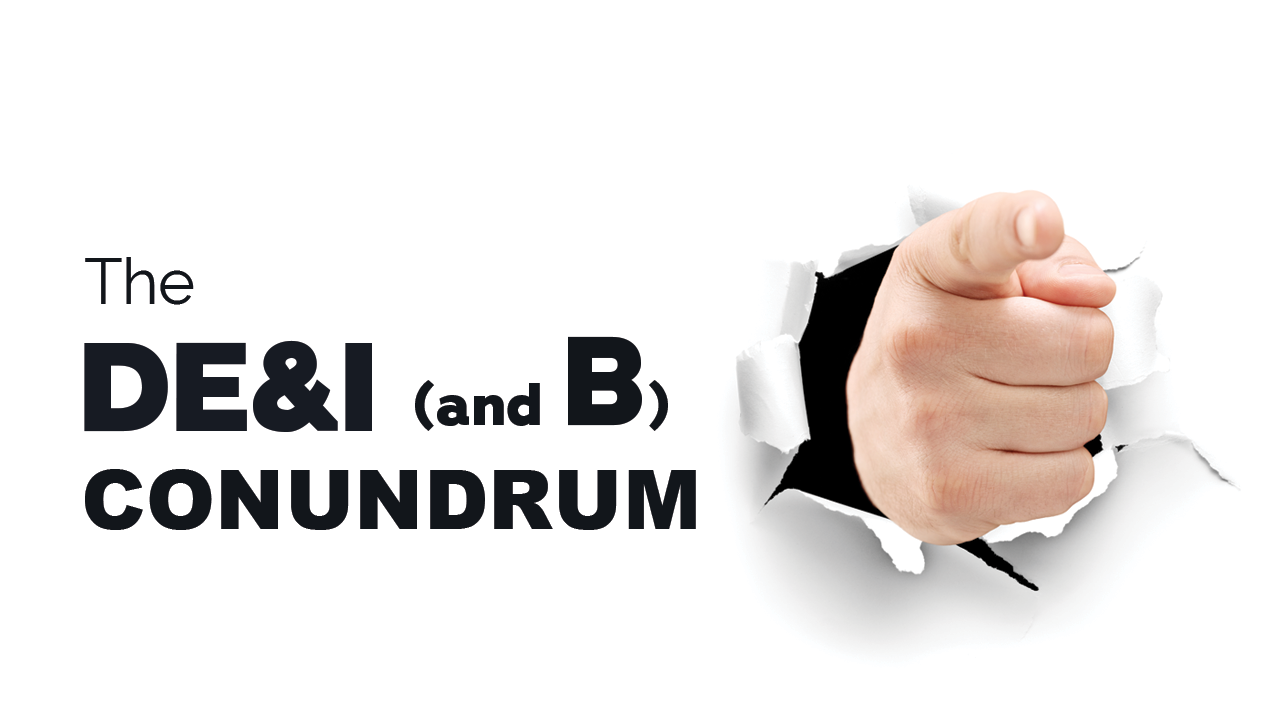
The DE&I (and B) Conundrum: What Initial Is Missing from the Connectivity Equation in Corporate America?
DE&I (and B), which stands for diversity, equity, and inclusion, and belonging. Some employees love the initiative, while others despise it. As a mentor of mine shared, who is arguably the most respected black woman and thought leader here in Central Ohio, “This is a movie that we see every 10 or 20 years. I’m hopeful but a little leery on what gaps DE&I programs will actually close this time around.” She added, “Even though it’s a different version of the same movie, we still have to take advantage of the opportunity to move the needle forward for black and brown employees as well as for women and other underrepresented groups. And what’s different today than in decades past is the number of organizations who are on board. Where the ship sails, time will only tell in regard to meaningful change.” One thing is certain: DE&I isn’t a passing fad; it’s likely here to stay, with ESG (or environmental, social justice, and governance) serving as a companion anchor. But the question to ask, “How will organizations create an atmosphere of growth where every employee benefits, not just a particular carve-out group?” In this fourth installment of the MLK series, I’ll present a fair-minded and sensible approach to making all feel welcome inside corporate America, including minority and majority groups alike.
Which letter, starting with “A,” would represent the next addition to the DE&I plus B equation? How about accommodation? Might appreciation work better? Best of all, should acceleration be pushed to the front of the selection line? Accommodation. Appreciation. Acceleration. Not in corporate America, but AAA can save the day when a vehicle emergency occurs. As a proud, card-carrying member of AAA, help is only a text or phone call away. We’ve all been there as seasoned drivers, or witnessed it while driving on the highway, a car that is stranded on the side of the road. Whether it’s AAA or another roadside assistance operator providing a battery charge or fixing a flat tire, this service offers members the convenience — really peace of mind — of safety and security. And this is where we are today in corporate America, and society overall, in need of a different kind of roadside assistance. Now, we can continue to add letters and advocate for top-down change, but rarely do we consider the urgency of bottom-up transformation. Here’s what I mean. Nothing changes corporately until we diversify individually. We often confuse change happening around us for growth occurring within us. And this is the classic definition of insanity, where we expect a different result using the same, tired process. Progress does not occur unless process is upgraded. And it’s easy to point your finger at someone, some thing, or some system to change. Inevitably though, you have three pointing right back at you. When we deal with ourselves three times more than someone, some thing, or some system, change will be an organic and deliberate endeavor. If you accept this premise, then what catchall A-word would best serve DE&I purposes? I propose “accountability,” of the grace-led kind.
You see, DE&I won’t work without accountability, and it can’t survive without grace. I often tell my children and those under my stewardship care, “I love you enough to hold you accountable for the change that needs to take place in your life, legacy, and leadership pursuits.” Leading with love — the calling card of grace — doesn’t minimize responsibility. However, it does soften the blows of personal and professional growth. Not just those who are in positions of power, privilege, and prominence, but everyone needs to change. Be on the path of change before you create changeable pathways for others. A lack of accountability is akin to a team requiring that only one or two players improve their skillset, while allowing the other players to maintain who they are. This team will not only struggle, worst still, it’ll likely suffer as well. When players, coaches, and support staff are not held accountable, distrust creeps in and bonding moments head out. That oxytocin connection, which keeps a team unified, is short-circuited or severed altogether. Either way, distance is created. Handshakes, chest bumps, and other encouragement gestures subside, while finger-pointing picks up as players become more self-centered on the field or court. Talent can only carry a team so far; camaraderie is the key to sustainable success. This oxytocin-busting dynamic happens in corporate America, too. Now, teams and employees can still do their jobs, but that bonding, trusting, and loving connection will be lost or out of tune. Productivity can be maintained, but it likely won’t be enhanced. No rhythm, no rhyme. Work is just about a paycheck with benefits. Nothing more, nothing less. Does this describe you or your organization?
Why the Pros Are Not Joes and How You Can Imitate Their Growth Trajectory, Too!
Change — meaningful and measurable growth — is obviously difficult for a lot of people to pull off. Now, change is uncomfortable, but it’s absolutely necessary. The only way an individual can change is through discomfort. No growth can take place without some type of friction, and this friction involves consistent and deliberate action steps. Employees have to change, but they need to grow into their progress through an upgraded process. Enter the shot clock and game clock. If a team fails to shoot the basketball within 30 seconds in college and 24 seconds in the NBA, then that team loses the possession. And squandered growth opportunities are lost everyday in corporate America when workers check in for the day but check out on personal improvement and professional refinement. With the game clock, a team sets the tempo early and executes the game plan accordingly, depending on who is on the court in the first or second half, with adjustments being made during halftime. Herein lies the problem. People may want to change, but they don’t know how to change, who can assist them with the change, or where change needs to take place first. Organizations introduce their employees to DE&I concepts, many of which are theoretical in nature, but how do they create an environment where growth is dynamic and automatic? And who is responsible for initiating and monitoring gains personally, professionally, and philanthropically? If any of these are MIA, then holistic change will be DOA (dead on arrival). One more point: Accountability must be a two-way street or else it leads to a dead-end road.

The most diverse player or skillset on the basketball court is the small forward. This is why LeBron James and Kevin Durant (and Larry Bird) are considered the standard by which all small forwards are compared. Small forwards can create offense for themselves and others. They can shoot and score when needed. They can rebound and play defense. Small forwards often have intangibles that go unnoticed to the casual fan, such as their leadership credentials and allyship capabilities. They have the athleticism and quickness to play on the perimeter or wing, just like point guards and shooting guards. But they also display interior skills where they can post up, score inside, and rebound on the offensive and defensive sides of the ball. They often have the size, strength, and stamina to battle inside. In fact, NBA teams typically break down the development game in practice into two groups. One group consists of “smalls.” These include point guards and shooting guards. (I realize it’s an oxymoron to call a 6’6” guard “small.”) The other group is the “bigs,” which consists of the power forwards and centers. And depending on the size and skill level of small forwards, they will be asked to join either the smalls or bigs. Now, some small forwards have the same height as the interior players, but they also display the quickness, athleticism, and skillset of point guards and shooting guards. In other words, their diverse skillset serves as a bridge between interior and perimeter players. Lastly, the first step of change is to take a personal inventory assessment (PIA) or internal scouting report (ISR). Without a frame of reference to track where you currently stand, growth will be a fleeting proposition. I cover this developmental template in my book, Momentum Power Play, as well as in Huddle Up Coaching presentations.
“I Can’t Put My Finger on It, But I Will Do Plenty of Finger Pointing Until I Do!”
DE&I is not a perfect system. It has inherent flaws that are beyond the scope of this article, including the following unintended consequences: the promotion of gender stereotypes or racial archetypes (rather than the absolution of them); the propagation of hand-up programs that many employees view as handout promises; and the propitiation attempts to right the wrongs of historical injustices in a corporate setting through referee means and referendum measures, among many other side effects. I get it. Skeptics of DE&I initiatives offer legitimate concerns, critiques, and complaints. Unfortunately, they’re too afraid to voice their displeasure out loud in a public setting for fear of reprisal. Simply put, they don’t want to be labeled “out of touch with the times,” “outcome puritans,” or worst, “outed bigots (aka in-the-closet racists).” Those who are out of touch with the times can’t, or simply won’t except the fact, that America is changing. Now, we can argue about the changes that have taken place, whether good or bad, or somewhere in between, but things have certainly changed and are changing inside and outside of corporate America. Outcome puritans, a term I coined, want to see a return on investment (ROI) with racial connectivity offerings but without a commensurate OCI — ongoing capital infusion. They form committee after committee, facilitate breakout session after breakout session, and send survey questionnaire after survey questionnaire, but nothing ever gets done. Teasers who don’t like being teased. Box checkers who inevitably and regrettably box themselves in. All talk and no action but plenty of reaction when an optic-driven racial incident occurs that sparks a controversial protest or countrywide movement, especially during Black History Month, around Juneteenth, or on the anniversary date of a social justice martyr’s death. I hope this doesn’t sound like your organization. Finally, outed bigots or in-the-closet racists can’t be defended. They often say the wrong thing in the wrong way for all the wrong reasons. No example needs to be provided because their folly is evident and quite varied, including their unfiltered coarse putdowns — really slam downs — and demeaning jokes about minority groups. Absent character, they morph into caricatures of backward thinking, reminiscing about the “lily white” glory days of Maw and Paw television sitcoms, protecting their good ole boys network (on both sides of the political aisle), and maintaining the status quo of their power structure within the corporate America hierarchy. Nothing’s funny when people choose to be that ignorant, okay, mindlessly inconsiderate.
A close friend of mine, who I’ll refer to as Joe, has utter contempt for DE&I initiatives. He is white, conservative, straight, Christian, and affluent. Are you profiling him right now? Don’t fall into the judgmental trap! You see, he is entitled to his opinions, but he can’t pass them off as facts. And he shouldn’t be ostracized or demonized for having divergent viewpoints. Why can’t we agree to disagree without engaging in blaming, framing, and shaming tactics? A few months ago, he and I had an unprompted discussion on DE&I. Here is part of our conversation:
Joe: By the way, I heard you were working with companies in the area of DE&I. Is this true?
Me: That’s right. What are your thoughts? (Open-ended, counter-serve questions create a level-playing field when hot-button topics are discussed.)
Joe: (laughing) Honestly, I think it’s a sham, or better yet, a scam. I don’t see any value in offering DE&I programs in the workplace. They don’t make any sense to me; they’re also a waste of time and money. Besides, they’re incredibly divisive, pitting one group against another group.
Me: (in a firm but non-threatening tone) Do you honestly believe that things inside and outside of corporate America are where they need to be?
Joe: (pausing) Well, no I don’t, but …
Me: (interrupting him as he gathers his thoughts) C’mon now. Doublespeak isn’t good here. You agree that problems exist and then quickly pivot to the proverbial ‘but.’ This, my friend, should lead us to a teachable moment. First, this type of thinking assumes that time has healed the historical wounds of racist ideology and racial orthodoxy. Second, our world would be in a much better place if society simply practices what it preaches.Third, external change is led by internal transformation — not the other way around. And if you’re against DE&I, then what are you for?
Joe: Alright, I see your point.
Notice that I reaffirmed our friendship and gave Joe every opportunity to play offense rather than pay defense, yes, pay defense. Defensiveness is costly. The brain goes into emotional overdrive instead of rational positioning. Blood pressure rises, thanks to cortisol and adrenaline surges. Breathing becomes more shallow and pronounced as airflow constricts. And of course, tribal affiliation talking points are staunchly defended. The result? Baseless (or boastful) allegations, combative bickering and contentious bantering, or even physical altercations are the default, usual suspects when uncivil dialogue goes off the rails. Will the real adults please stand up, because the cardboard cutouts in the corner don’t count? Yes, I did interrupt Joe when his pause segued into that classic, Double Jeopardy countdown music. Teachable moments serve as connection opportunities — not recruitment tools — independent of a person’s social, satirical, or sexual orientation cues. Allyship is a partnership, a pathway for authentic leadership to flourish. Even with people who don’t look, think, or act like you, take the high road when you’re dragged through the conversational mud. Adding grace and accountability to the discussion mix can clean up any mess. And don’t forget to separate the person from the problem. Now, problems are created by people, and problems get fixed when fixated people change their fixable perspectives, which should occur by choice, not force. Got it?
In conclusion, let’s recap some of the themes highlighted in this article on DE&I (and B). Truth be told, critics and beneficiaries alike are leery of diversity, equity, and inclusion initiatives. Both camps offer up valid reasons that support their premise. Detractors believe carve-out programs cause more harm than good. They assert, “Isn’t diversity best served through unity, rather than the divide-and-conquer strategy of unity through force-fed diversity?” I’d argue that diversity is evident when unity reigns (a la winning sports teams), and oxytocin-led unity is the inevitable byproduct of holistic diversity, where diverse mindsets, skillsets, and subsets are wholeheartedly appreciated. Now, those who do stand to benefit from DE&I offerings don’t want to be viewed and judged as perpetual charity cases, nor do they want to be denied access to opportunities and options that have been traditionally earmarked for white men in the PPP club (or the power, privilege, and prominence clubhouse). Optics do matter, but semantics should matter more. If an organization preaches diversity, then its practices should align without alienating or denigrating those who fall outside the carve-out group ecosystem. See the Catch-22 that both camps, and the organizations that employ them, find themselves here in 2023? The win-win solution to the DE&I (and B) conundrum is this: Create an emotional safety net where minority and majority groups can both grow into their graceful change through self-imposed accountability measures. Stay tuned for the last installment of the MLK Series on Race in America: mobility. And yes, as a certified financial planner (or CFP), we have more of a class issue than a color beef. I’ll prove it.

